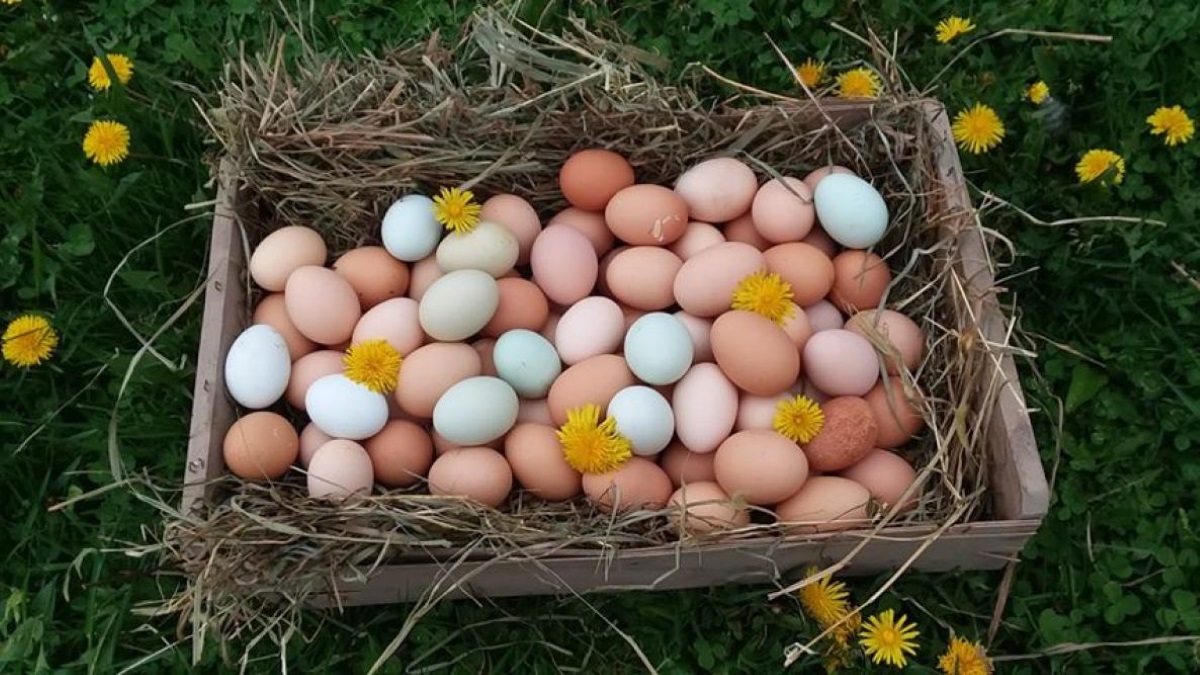

Articles
How To Store Eggs For Hatching
Modified: January 6, 2024
Learn effective methods of storing eggs for hatching with our informative articles. Ensure successful incubation and healthy chicks with expert tips and advice.
(Many of the links in this article redirect to a specific reviewed product. Your purchase of these products through affiliate links helps to generate commission for Storables.com, at no extra cost. Learn more)
Introduction
Welcome to the fascinating world of egg hatching! Whether you’re a seasoned breeder or a curious hobbyist, understanding how to store eggs for hatching is crucial for successful incubation. Proper egg storage conditions can significantly impact the viability and health of the developing embryos.
During the incubation process, the eggs undergo a complex series of biochemical and physiological changes. These changes are influenced by factors such as temperature, humidity, and positioning. By ensuring optimal storage conditions, you give the embryos the best chance of hatching into healthy chicks.
In this article, we will explore the importance of proper egg storage, the factors that affect egg viability, and the steps necessary for preparing and storing eggs for hatching. Whether you’re hatching chicken eggs, duck eggs, or even exotic reptile eggs, the principles discussed here apply to a wide range of species.
So, let’s dive into the world of egg storage and discover the secrets to successful hatching!
Key Takeaways:
- Proper egg storage is crucial for successful hatching, impacting embryo viability and fertility. Factors like temperature, humidity, and egg handling play vital roles in maintaining optimal storage conditions.
- Pre-incubation egg assessment is essential for identifying viable eggs, optimizing resources, and ensuring successful hatching. Careful inspection and record-keeping help focus efforts on high-quality eggs for incubation.
Read more: How To Store Hatching Eggs
Importance of Proper Egg Storage
Proper egg storage is essential for maintaining the viability and health of the embryos. Whether you are planning to incubate the eggs immediately or store them for a few days, providing the right conditions is crucial for successful hatching.
One of the main reasons why proper egg storage is important is to preserve the integrity of the developing embryos. Eggs are incredibly sensitive to changes in temperature and humidity, and exposure to unfavorable conditions can lead to embryo mortality or developmental abnormalities. By storing the eggs correctly, you can help protect the delicate balance of moisture and temperature required for embryo development.
Another reason for storing eggs properly is to optimize egg fertility. Fertile eggs have a higher chance of hatching successfully compared to infertile ones. By maintaining the right storage conditions, you can help prevent the loss of fertility and preserve the viability of the eggs for a longer period.
Proper egg storage is especially crucial if you’re planning to collect eggs over a certain period before starting the incubation process. Many breeders collect eggs over a few days or weeks to ensure a larger batch for incubation. Storing them correctly during this time helps to maintain their freshness and viability until you’re ready to begin the incubation process.
In addition to preserving fertility and viability, proper egg storage can also improve hatchability rates. When eggs are stored correctly, the embryos have a higher chance of developing normally and hatching successfully. This can lead to a higher overall hatch rate and increase your chances of successfully raising a healthy batch of chicks or hatchlings.
By understanding the importance of proper egg storage, you can take the necessary steps to provide the optimal environment for embryo development. From maintaining the right temperature and humidity levels to proper positioning and rotation, every aspect of egg storage plays a crucial role in ensuring the health and viability of the embryos.
Now that we understand the importance of proper egg storage, let’s explore the factors that can affect the viability of the eggs.
Factors Affecting Egg Viability
Several factors can influence the viability of eggs during the storage period. Understanding these factors is key to maintaining the health and development of the embryos. Here are some of the main factors that can impact egg viability:
- Temperature: Eggs are highly sensitive to temperature fluctuations. Exposure to extreme temperatures can negatively affect the embryos’ development and viability. Ideally, eggs should be stored at a consistent temperature between 50°F (10°C) and 59°F (15°C). Avoid storing them in areas prone to temperature swings, such as near windows or heating vents.
- Humidity: Proper humidity levels are crucial for egg storage. If the humidity is too high, it can lead to bacterial growth and mold formation. Conversely, low humidity can cause the eggs to dry out, resulting in embryo death. Aim for a humidity level of around 75-80% during egg storage to maintain the ideal moisture balance.
- Age of the Eggs: The age of the eggs can also impact their viability. Freshly laid eggs have a higher chance of hatching successfully compared to older eggs. As eggs age, their fertility and hatchability gradually decrease. It is recommended to store eggs for incubation within 7-10 days of being laid to maximize their viability.
- Breeding Stock: The quality and health of the breeding stock can have a direct impact on the viability of the eggs. Ensure that the parent birds are healthy, well-nourished, and free from any diseases or genetic abnormalities. Healthy breeding stock will produce higher quality eggs with better chances of successful hatching.
- Egg Handling: Eggs should be handled with care to avoid any damage during collection and storage. Rough handling or dropping the eggs can cause micro-fractures in the eggshell, compromising the integrity of the embryo. Always handle the eggs gently and avoid sudden movements or impacts that could potentially harm the developing embryos.
- Storage Duration: The duration of egg storage can affect the viability of the embryos. While short-term storage is generally safe, longer storage periods may lead to a decline in hatch rates. It is best to minimize the storage period and incubate the eggs as soon as possible to maximize hatchability.
By considering these factors and making the necessary adjustments, you can create an optimal storage environment for the eggs, ensuring their viability and increasing the chances of successful hatching.
Now that we have explored the factors that can affect egg viability, let’s move on to understanding the steps involved in preparing eggs for storage.
Preparing Eggs for Storage
Before you can store eggs for hatching, it’s important to properly prepare them. This involves a few simple steps to ensure the eggs are clean, intact, and ready for storage. Here’s a guide on how to prepare eggs for storage:
- Collecting Eggs: Collect the eggs as soon as possible after they are laid. Avoid leaving them sitting for too long, as this can decrease their viability. Be gentle when collecting eggs to avoid any damage to the shells or embryos.
- Inspecting Eggs: Inspect each egg carefully before storage. Look for any cracks, deformities, or abnormalities on the shell. Discard any eggs that are damaged or have irregularities, as they are more likely to have compromised embryos or may introduce bacteria into the storage environment.
- Cleaning Eggs: If the eggs are dirty or soiled, gently clean them using a soft cloth or sponge. Use lukewarm water and avoid using any harsh detergents or chemicals, as they can penetrate the shell and harm the developing embryos. Allow the eggs to dry completely before storing.
- Labeling: Properly label each egg with the laying date. This will help you keep track of their freshness and storage duration. Use a pencil or a water-resistant marker to write the date on the shell.
- Storage Containers: Choose an appropriate storage container for the eggs. Cardboard egg cartons or plastic egg trays work well. Make sure the container is clean and sanitized before use. Avoid using containers that may retain moisture or release harmful chemicals that can affect the eggs.
By following these steps, you can ensure the eggs are in the best possible condition for storage. Clean, intact eggs with proper labeling will help maintain their viability and increase the chances of successful hatching.
Now that we have prepared the eggs for storage, let’s discuss the importance of choosing the right storage container.
Choosing the Right Storage Container
When it comes to storing eggs for hatching, choosing the right storage container is crucial. The container you select should provide a safe and suitable environment for the eggs, protecting them from damage and maintaining the necessary conditions for optimal embryo development. Here are some factors to consider when choosing a storage container:
- Material: The material of the storage container is important to ensure the eggs are protected and insulated. Plastic or cardboard containers are commonly used for egg storage. Plastic containers are durable, lightweight, and easy to clean, while cardboard containers are affordable and provide good insulation. Choose a material that allows for proper ventilation and protects the eggs from outside elements.
- Size and Design: Consider the size and design of the container based on the number of eggs you plan to store. Ensure that the container has enough space to accommodate the eggs without overcrowding or causing unnecessary pressure on the shells. Each egg should have enough room to breathe and avoid contact with other eggs.
- Ventilation: Proper ventilation is crucial to prevent the buildup of excess moisture within the storage container. Look for containers with adequate ventilation holes or slots that allow for air circulation. This helps maintain the right level of humidity and prevents the growth of bacteria or mold.
- Protection from Light: Exposure to light can negatively impact egg viability, especially if stored for an extended period. Choose a container that provides adequate protection against light. If using a transparent container, make sure it is stored in a dark or dimly lit area.
- Stackability: If you plan to store a large number of eggs, consider containers that are stackable. This will help save space and prevent the eggs from being damaged due to excessive weight or pressure.
By carefully considering these factors, you can choose a storage container that provides the ideal conditions for egg storage. Remember to clean and sanitize the container before use to minimize the risk of contamination. Providing a suitable storage environment is the first step towards ensuring the viability and successful hatching of the eggs.
Now that we have discussed the importance of choosing the right storage container, let’s explore the ideal temperature and humidity levels for egg storage.
Read more: How To Store Quail Eggs For Hatching
Ideal Temperature and Humidity Levels
The ideal temperature and humidity levels are crucial factors to consider when storing eggs for hatching. Maintaining the right environment is essential for the health and development of the embryos. Here are the recommended temperature and humidity levels for egg storage:
- Temperature: The ideal temperature for egg storage should be between 50°F (10°C) and 59°F (15°C). This temperature range helps slow down the development of the embryos while preserving their viability. Avoid storing eggs in areas with extreme temperatures, as it can negatively affect their development and increase the risk of embryo mortality.
- Humidity: Proper humidity levels are equally important for successful egg storage. Aim for a relative humidity of around 75-80%. This level helps maintain a suitable moisture balance within the eggs and prevents dehydration or excessive moisture buildup. High humidity can encourage the growth of bacteria and mold, while low humidity can lead to embryo dehydration. Using a hygrometer to monitor the humidity levels is recommended.
It’s important to note that different species may have slightly different temperature and humidity requirements. Some eggs, such as reptile eggs, may have specific temperature ranges within which they need to be stored. Therefore, it’s essential to research the specific requirements for the species you are working with and adjust the storage conditions accordingly.
To maintain the desired temperature and humidity levels, consider the following tips:
- Location: Choose a storage location that can maintain a relatively stable temperature and humidity. Avoid areas with direct sunlight, extreme temperature fluctuations, or high levels of humidity.
- Insulation: Insulate the storage container to help maintain a consistent temperature. You can use insulating materials like foam or thermally insulated boxes to minimize temperature variations.
- Thermometer and Hygrometer: Use a reliable thermometer and hygrometer to monitor the temperature and humidity levels accurately. Regularly check the readings and make necessary adjustments to maintain the ideal conditions.
- Air Circulation: Ensure proper airflow within the storage area to avoid stagnant air and excessive condensation. Ventilation helps prevent the buildup of excess moisture and maintains a healthy storage environment.
By adhering to the recommended temperature and humidity levels and implementing these tips, you can create an optimal storage environment for the eggs, promoting the health and development of the embryos.
Now that we have covered the ideal temperature and humidity levels, let’s explore the importance of positioning the eggs correctly for storage.
Store hatching eggs pointy end down in a clean, dry carton. Keep them at a consistent temperature of 50-60°F with 60-70% humidity. Turn the eggs at least 3 times a day for even development.
Positioning Eggs for Storage
The proper positioning of eggs during storage is crucial for their development and hatching success. Correct positioning helps prevent potential issues, such as embryo malposition or deformities. Here are some guidelines for positioning eggs for storage:
- Horizontal Position: Eggs should be stored horizontally with the pointed end slightly lower than the rounded end. This positioning ensures that the air cell, located at the larger rounded end of the egg, remains in the uppermost part of the egg. It helps prevent the embryo from adhering to the shell and ensures that it receives the required oxygen during development.
- Avoiding Vertical Storage: Storing eggs vertically or upright can cause the air cell to move to one side or become misaligned. This can lead to developmental issues and reduce hatchability. It’s important to resist the temptation to store eggs upright, even if it seems convenient or saves space.
- Uniform Positioning: Ensure that eggs are positioned uniformly in the storage container. Avoid tilting or slanting the eggs, as this can cause the embryos to settle towards one side, increasing the risk of deformities or restricted growth.
- Separation: If you are storing multiple batches of eggs, consider using separators or dividers to keep each batch separate. This prevents any potential mixing of eggs and allows for individual monitoring and management if needed.
Proper positioning of eggs during storage helps maintain the correct orientation of the embryos and promotes their healthy development. By following these guidelines, you can minimize the risk of deformities and increase the chances of successful hatching.
Now that we’ve discussed the importance of positioning eggs correctly, let’s move on to the topic of egg rotation and turning during storage.
Egg Rotation and Turning
During the storage period, it is important to rotate and turn the eggs regularly to prevent the embryo from sticking to the inner membrane of the eggshell. This process mimics the natural conditions experienced by eggs in a nest, where the birds would naturally turn their eggs to ensure uniform heat distribution and optimal development. Here’s why egg rotation and turning are important:
- Preventing Adhesion: When eggs are left in a stationary position for extended periods, the developing embryo can adhere to the inner membrane of the eggshell, leading to developmental issues or failure to hatch. Regular rotation and turning help prevent this adhesion and ensure the embryos maintain their optimum position within the egg.
- Uniform Heat Distribution: Rotating and turning the eggs helps distribute heat evenly, allowing for consistent embryo development. It ensures that the warmth reaches all parts of the egg, reducing the likelihood of overheating or hotspots that can harm the developing embryos.
- Muscle Development: Regular movement of the embryo within the egg helps to strengthen its muscles and improve overall health. The gentle rotation and turning simulate the natural movements that the embryo would experience if being incubated by a broody hen.
- Improved Blood Flow and Nutrition Distribution: By periodically repositioning the eggs, the flow of blood and nutrients to the developing embryo is enhanced. This promotes healthier growth and supports the proper development of vital organs and systems.
How often you should rotate and turn the eggs will depend on the recommendations for the particular species you are working with. As a general guideline, rotating the eggs two to three times a day is often sufficient for most species. Gradual and gentle movements are key to avoiding stress or damage to the embryos.
It’s important to keep in mind that once you begin the incubation process, the rotation and turning will be automated using an incubator or manually performed if using a natural broody hen. However, during the storage period, the responsibility falls on the breeder to ensure regular rotation and turning.
Remember to mark each egg with an “X” or dot on one side and an “O” or different mark on the other side to help keep track of the rotation. This simple method allows you to flip the eggs from one position to the other during rotation, ensuring that every part of the embryo receives equal exposure to heat and nutrients.
By incorporating regular rotation and turning into your egg storage routine, you can optimize the development of the embryos and increase the chances of successful hatching.
Now that we’ve explored egg rotation and turning, let’s move on to the importance of monitoring the conditions during egg storage.
Monitoring Egg Storage Conditions
Regular monitoring of the conditions during egg storage is essential to ensure that the eggs are kept in the optimal environment for embryo development. By closely monitoring temperature, humidity, and other factors, you can identify and address any issues that may arise. Here’s why monitoring egg storage conditions is important:
- Temperature and Humidity: Keeping a close eye on the temperature and humidity levels is crucial to maintaining the ideal storage environment. Use a thermometer and hygrometer to regularly check the temperature and humidity inside the storage area. Adjustments may be necessary if there are fluctuations or if the levels are outside of the recommended range.
- Humidity Levels: Too high or too low humidity can have detrimental effects on the eggs. Excess moisture can promote the growth of bacteria and mold, while low humidity can cause the eggs to dry out. By monitoring the humidity levels regularly, you can ensure a healthy moisture balance for the eggs.
- Storage Duration: Keep track of the storage duration for each batch of eggs. Eggs have a limited storage period before their viability declines. By monitoring the storage duration, you can prioritize the eggs that have been stored the longest and plan for timely incubation to maximize hatchability.
- Egg Rotation and Turning: As mentioned earlier, regular rotation and turning of the eggs are important. Monitor the schedule and ensure the eggs are being rotated and turned at the appropriate intervals. Keeping track of the rotation will help prevent any errors or missed turnings that may affect the development of the embryos.
- Observing Egg Issues: Regularly inspect the eggs for any signs of damage, cracks, or abnormalities during the storage period. Remove any eggs that show signs of spoilage or contamination to prevent them from affecting the other eggs in the batch.
- Recording Observations: Maintain a record or log of your monitoring observations. This allows you to track the progress and make any necessary adjustments in the storage conditions. It also provides valuable information for future reference and analysis.
By staying vigilant and monitoring the conditions during egg storage, you can ensure that any potential problems are identified and addressed promptly. This helps create an optimal environment for the embryos, increasing the chances of successful hatching.
Now that we’ve discussed the importance of monitoring egg storage conditions, let’s move on to the pre-incubation egg assessment.
Read more: How To Hatch Eggs With A Heat Lamp
Pre-incubation Egg Assessment
An essential step before incubating eggs is conducting a pre-incubation egg assessment. This assessment helps identify any potential issues or concerns with the eggs, allowing you to make informed decisions about which eggs to incubate. Here’s why pre-incubation egg assessment is important:
- Egg Viability: The assessment allows you to determine the viability of each egg. A viable egg is one that has the potential to successfully develop and hatch into a healthy chick or hatchling. By inspecting the eggs for any abnormalities or signs of infertility, you can select eggs with the highest chances of successful hatching.
- Embryo Development: The assessment also gives you a glimpse into the development stage of the embryos within the eggs. You can check for signs of embryo growth and ensure that the development is progressing as expected. This helps identify any potential issues or delays in development that may impact hatching success.
- Quality Control: Assessing the eggs before incubation allows you to identify and remove any damaged, cracked, or abnormal-looking eggs. These eggs are less likely to hatch successfully and may negatively affect the overall hatchability. By removing them from the incubation set, you improve the chances of a successful hatch.
- Record Keeping: The pre-incubation assessment provides an opportunity to record important details about each egg, such as its laying date, breed, or any observations made during assessment. This record becomes valuable reference material and can help track the progress and performance of specific breeding lines or individual birds.
- Optimizing Resources: By assessing the eggs pre-incubation, you can better manage your resources, such as incubator space and utilities. Selecting the highest quality and most viable eggs for incubation ensures that your efforts are focused on eggs with the greatest potential for successful hatching.
When conducting a pre-incubation egg assessment, carefully inspect each egg for any abnormalities, cracks, or deformities. Check for signs of fertility, such as the presence of a clear or well-defined air cell and the absence of blood rings. You can also use candling, which involves shining a bright light through the egg, to observe the internal development and detect any potential issues.
Through pre-incubation egg assessment, you can make informed decisions about which eggs to incubate, increasing the chances of successful hatching and overall hatchability. It allows you to optimize your resources, focus on high-quality eggs, and ensure the best possible start for the developing embryos.
Now that we’ve discussed the importance of pre-incubation egg assessment, let’s wrap up our article.
Conclusion
Proper egg storage is a critical factor in ensuring successful hatching. By understanding the importance of egg storage, the factors that impact egg viability, and the steps involved in preparing and storing eggs, you can create an optimal environment for the embryos’ development.
We discussed the significance of choosing the right storage container, maintaining ideal temperature and humidity levels, positioning the eggs correctly, and regularly rotating and turning them. These practices help simulate natural conditions and promote healthy embryo growth.
Monitoring the storage conditions and conducting a pre-incubation egg assessment are crucial steps in maintaining the viability of the eggs. Regular observations and record-keeping allow you to identify and address any issues that may arise, ensuring that your incubation efforts are focused on the most viable and highest quality eggs.
By following these guidelines and providing a suitable storage environment, you increase the chances of successful hatching and the development of healthy chicks or hatchlings. Remember that different species may have specific requirements, so be sure to research and adapt the recommendations to your specific needs.
Embarking on the journey of egg hatching can be a rewarding and exciting experience. From chicken eggs to duck eggs and beyond, understanding how to store eggs for hatching is a vital skill for any breeder or enthusiast. The careful attention given to egg storage conditions lays the foundation for successful incubation and the potential for a thriving new generation.
So, next time you collect your eggs, remember the importance of proper storage, and create an environment that nurtures life and brings forth the wonder of new beginnings.
Frequently Asked Questions about How To Store Eggs For Hatching
Was this page helpful?
At Storables.com, we guarantee accurate and reliable information. Our content, validated by Expert Board Contributors, is crafted following stringent Editorial Policies. We're committed to providing you with well-researched, expert-backed insights for all your informational needs.
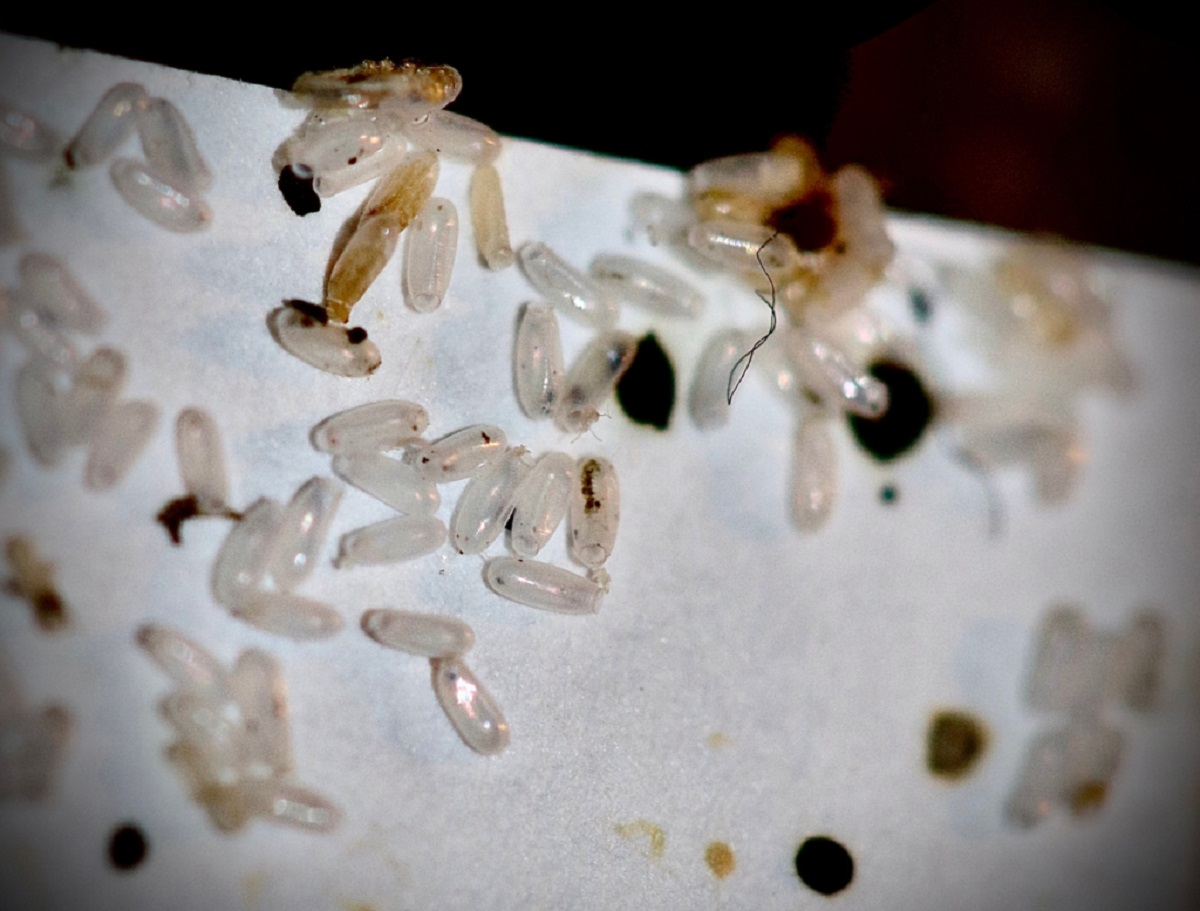
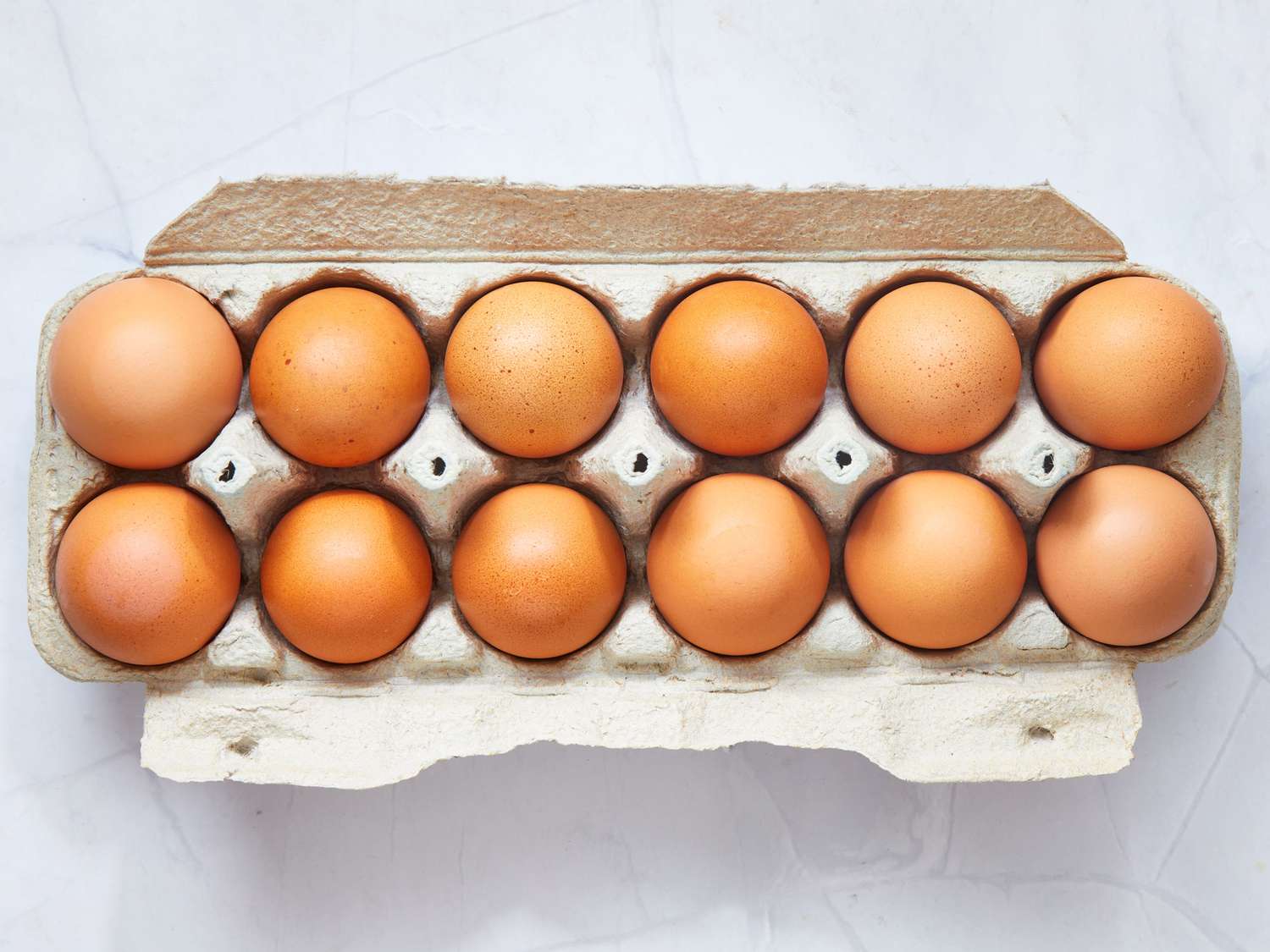

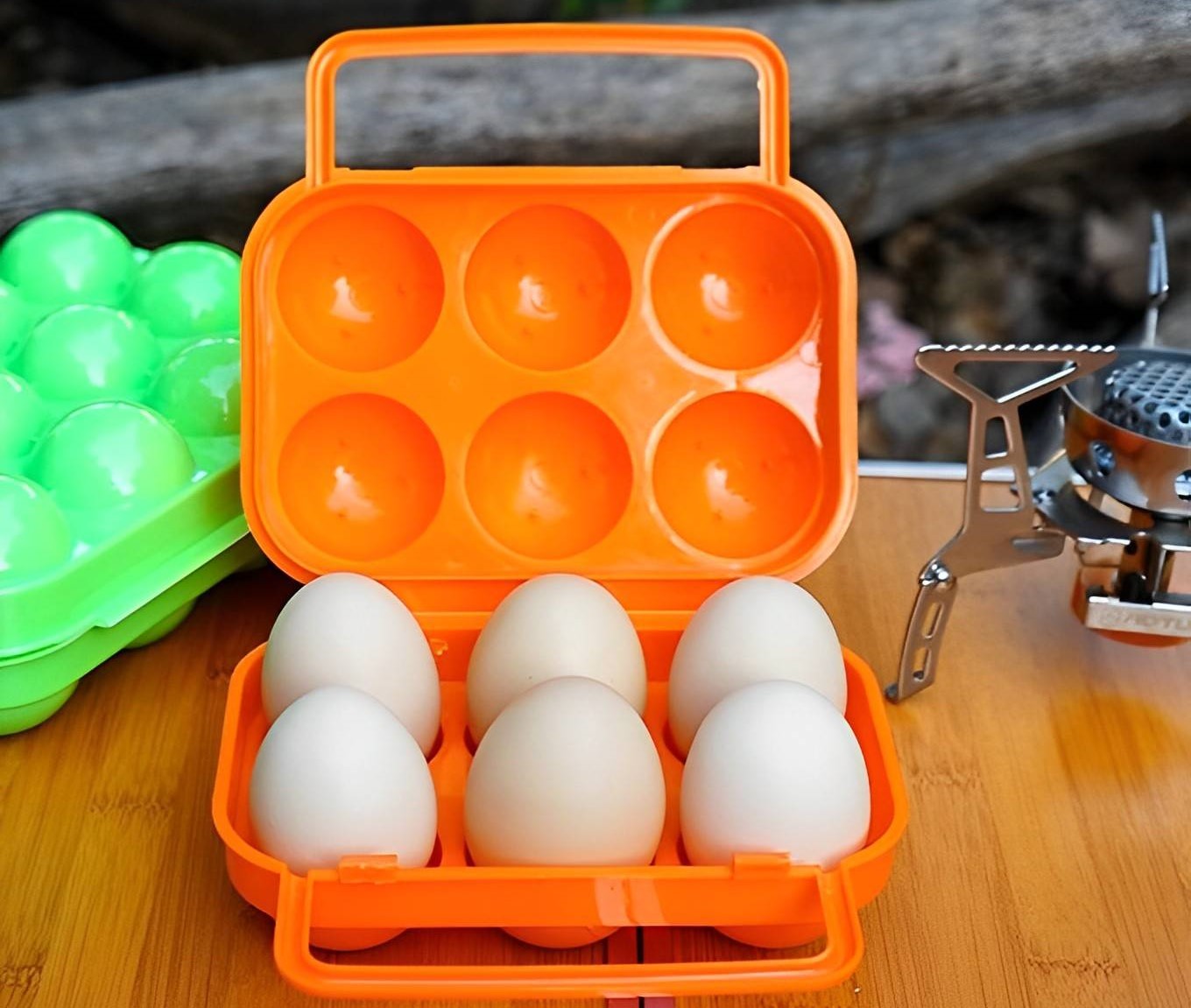


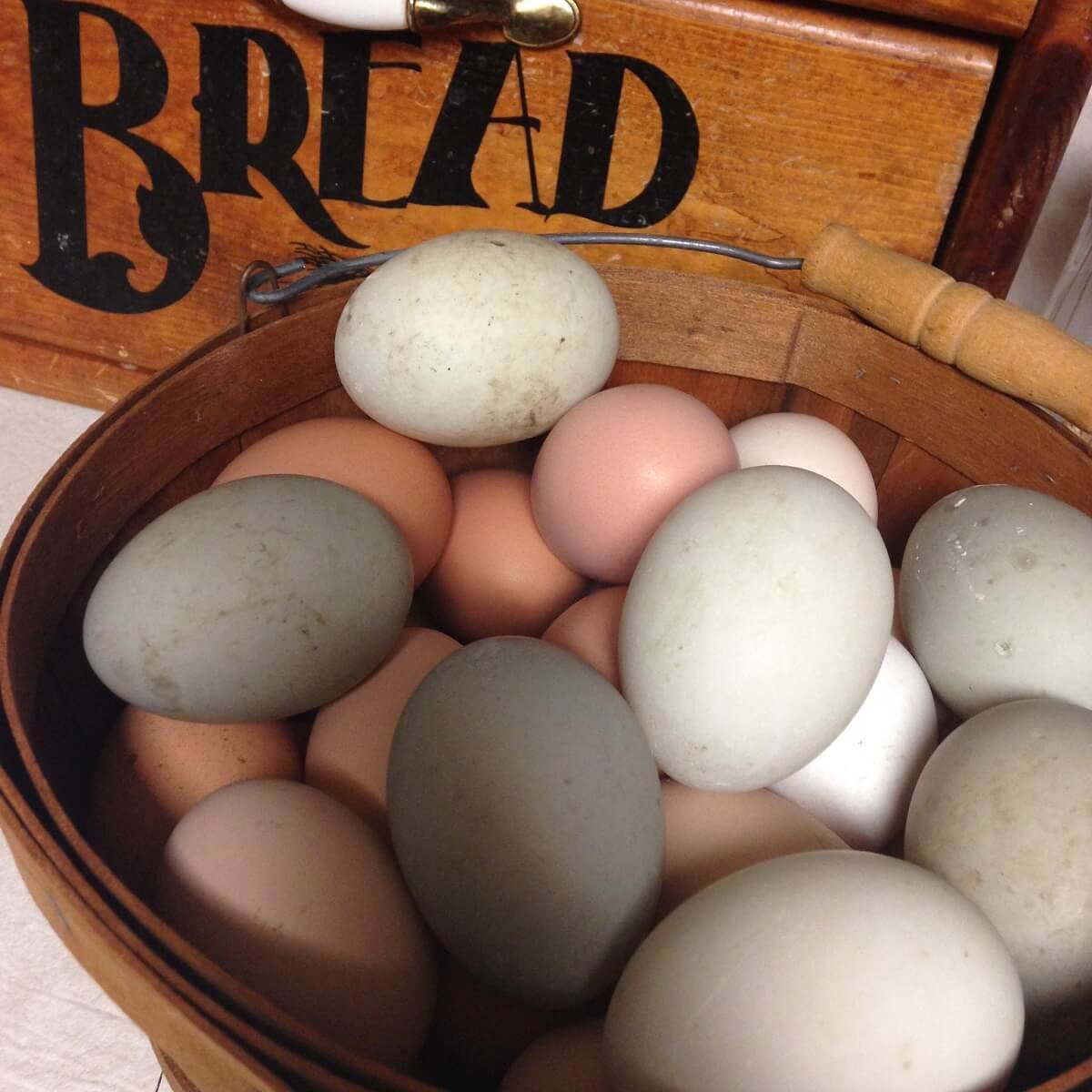
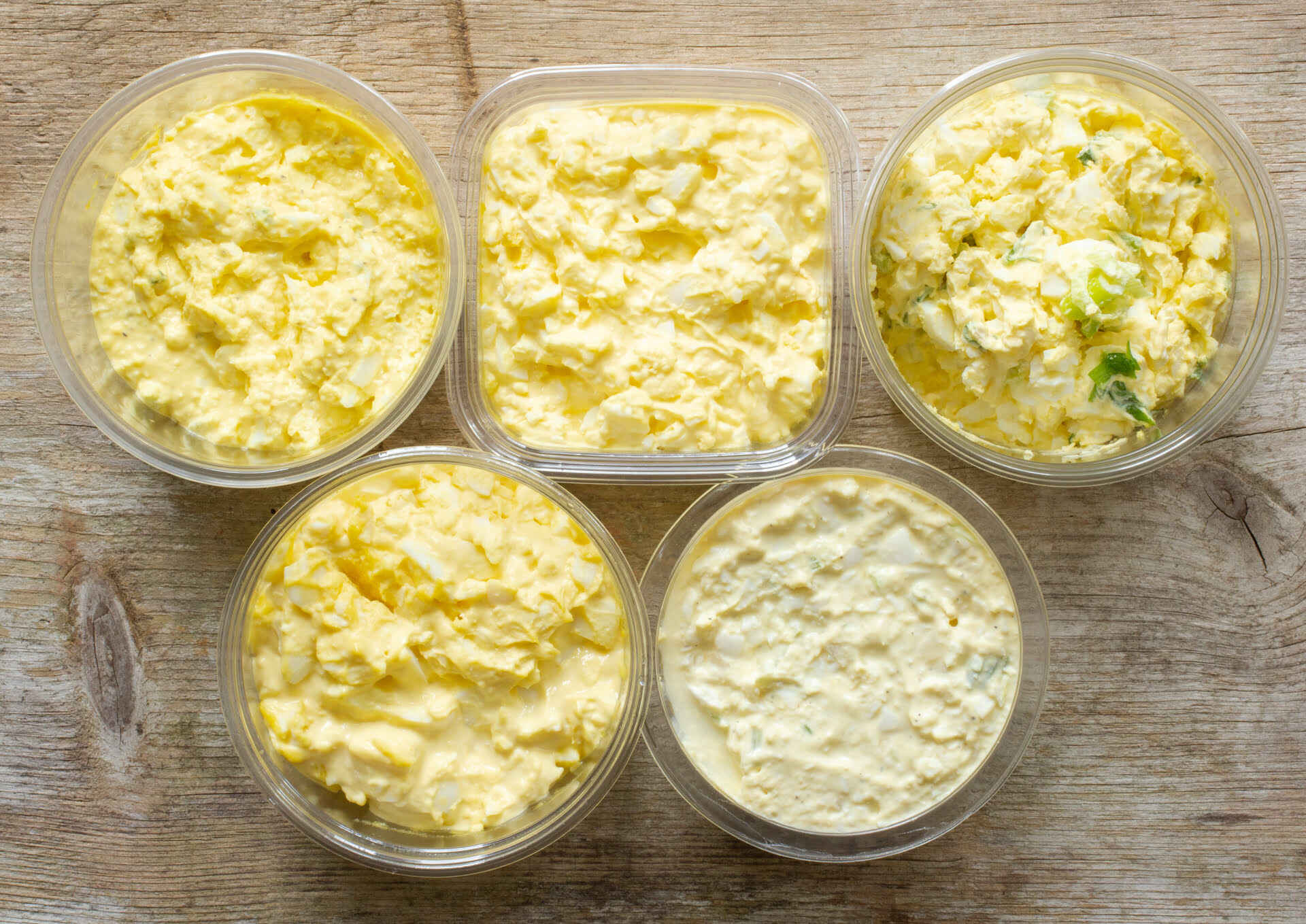

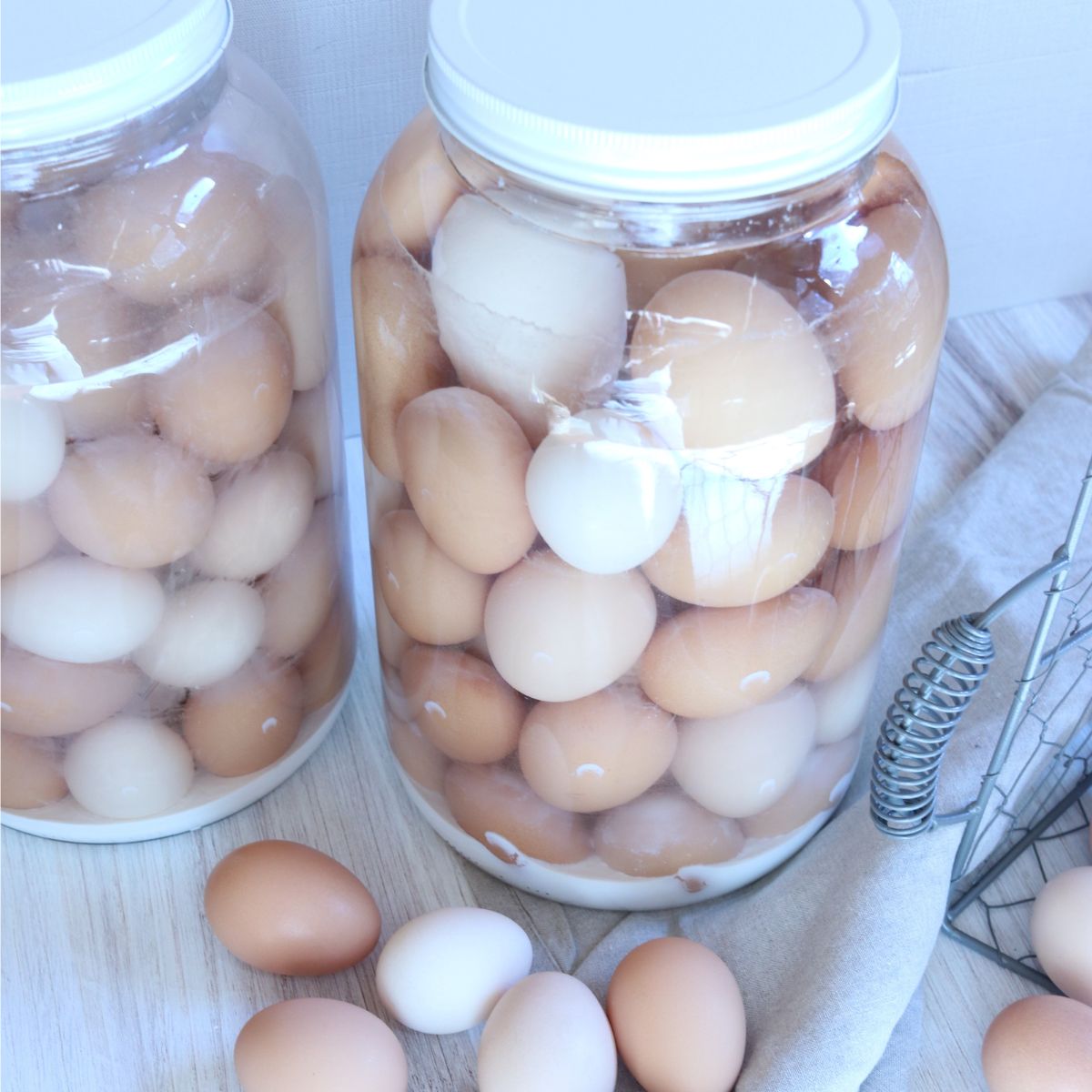
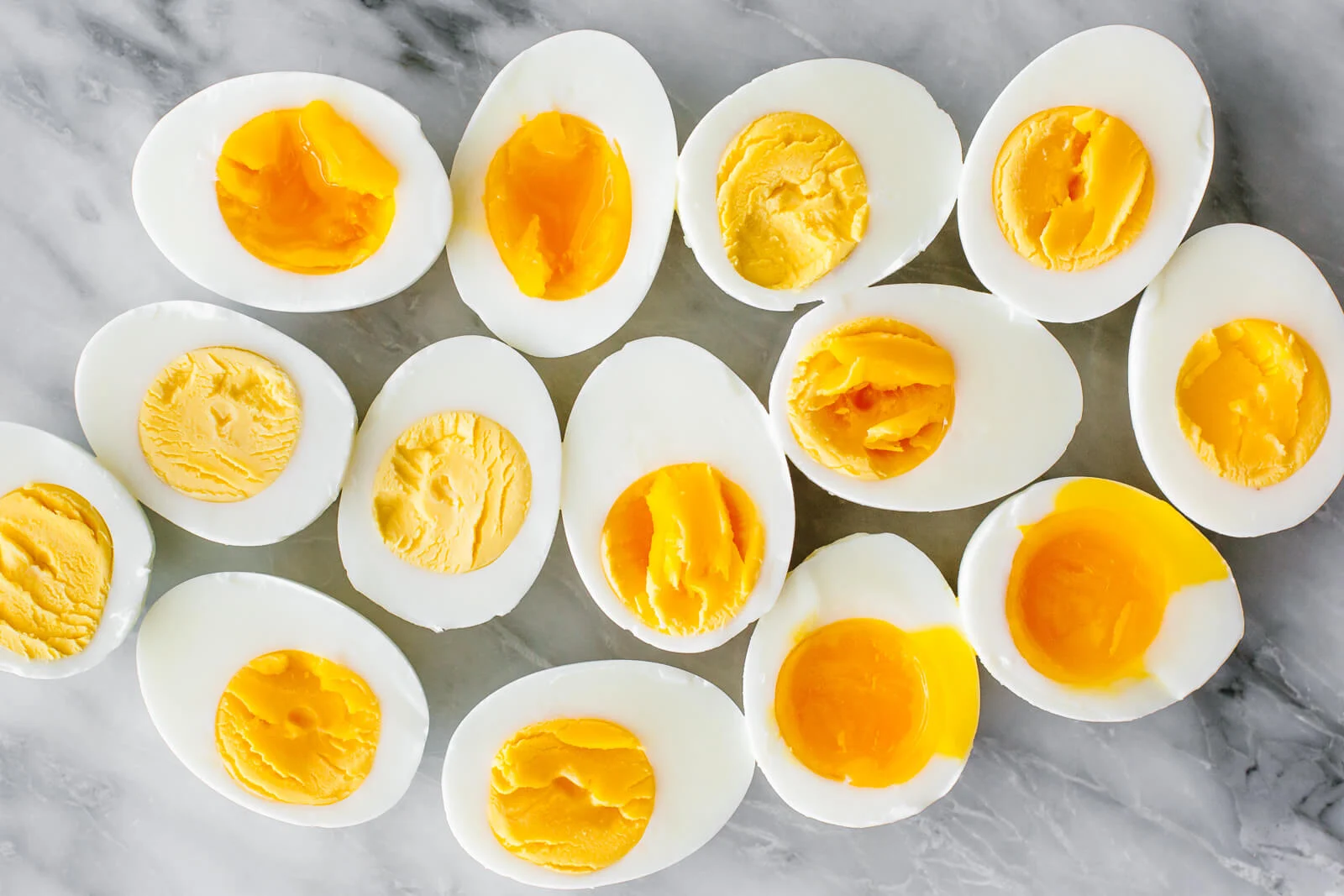
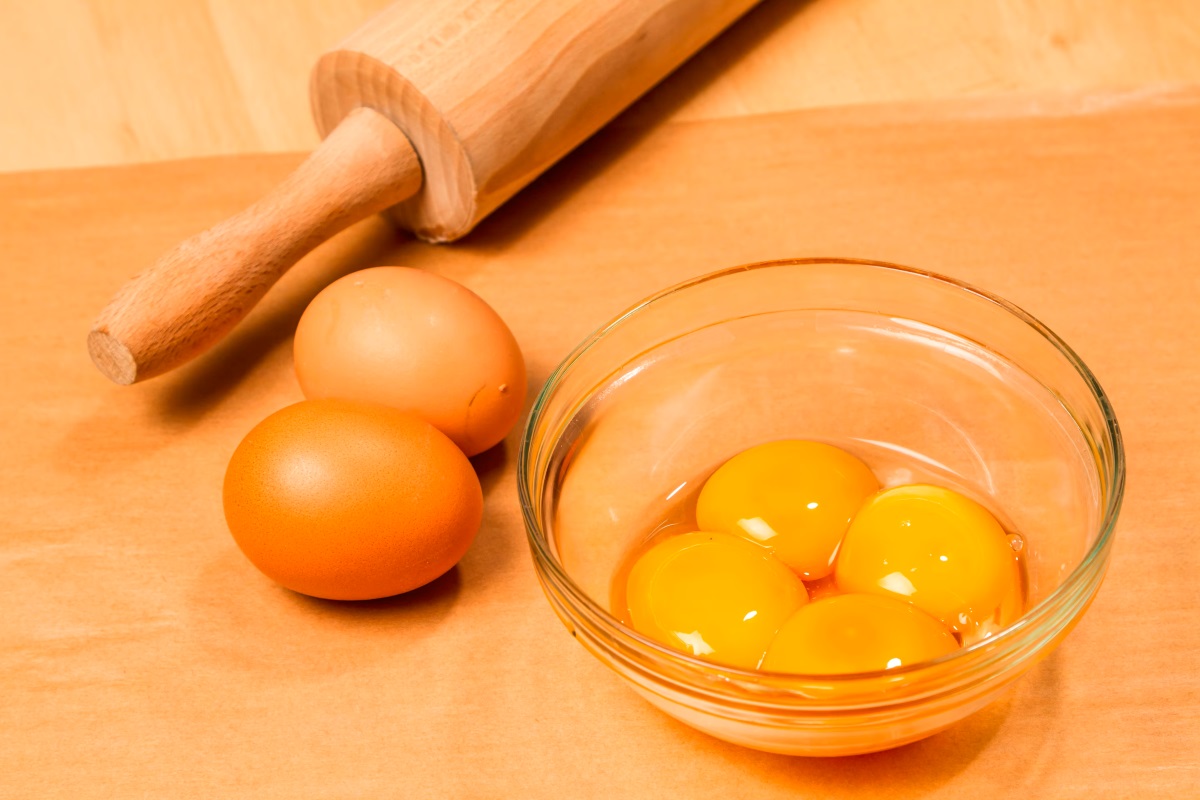
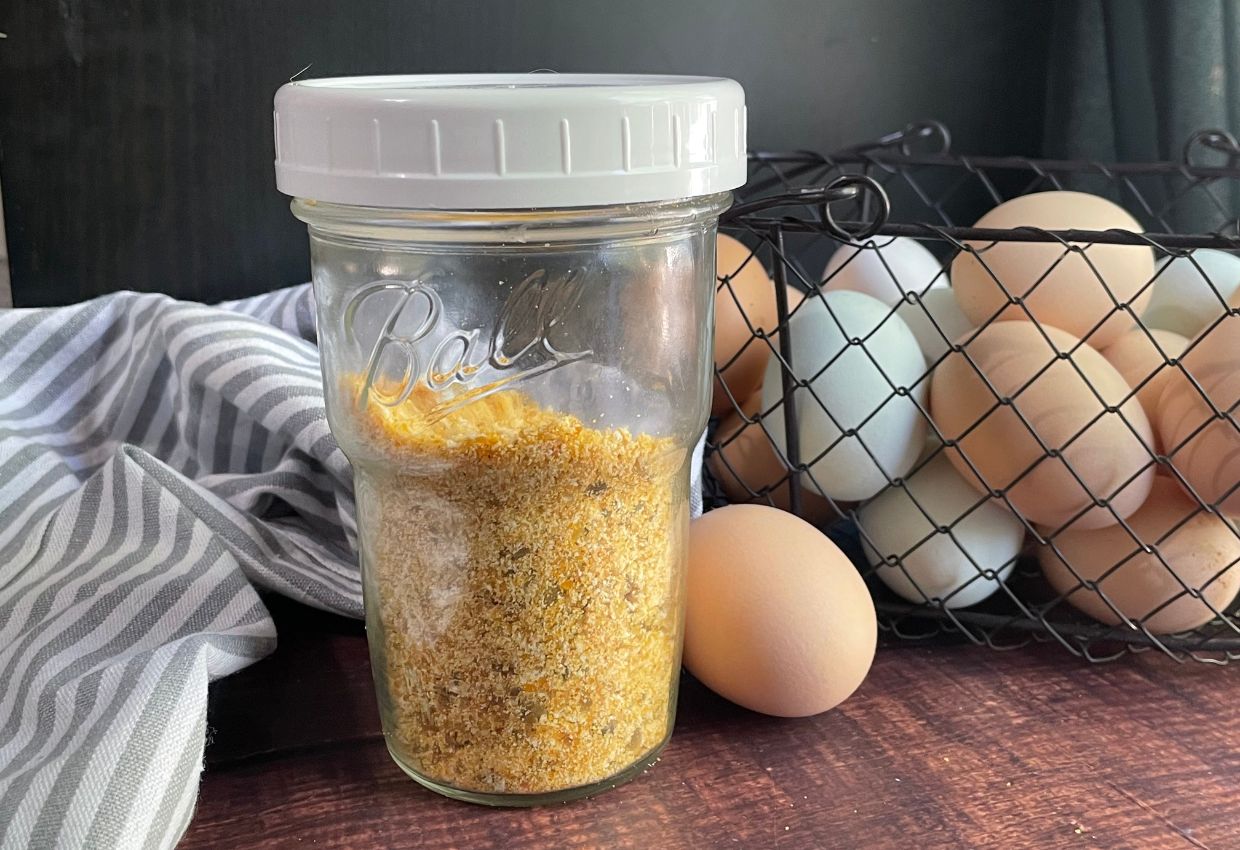

0 thoughts on “How To Store Eggs For Hatching”